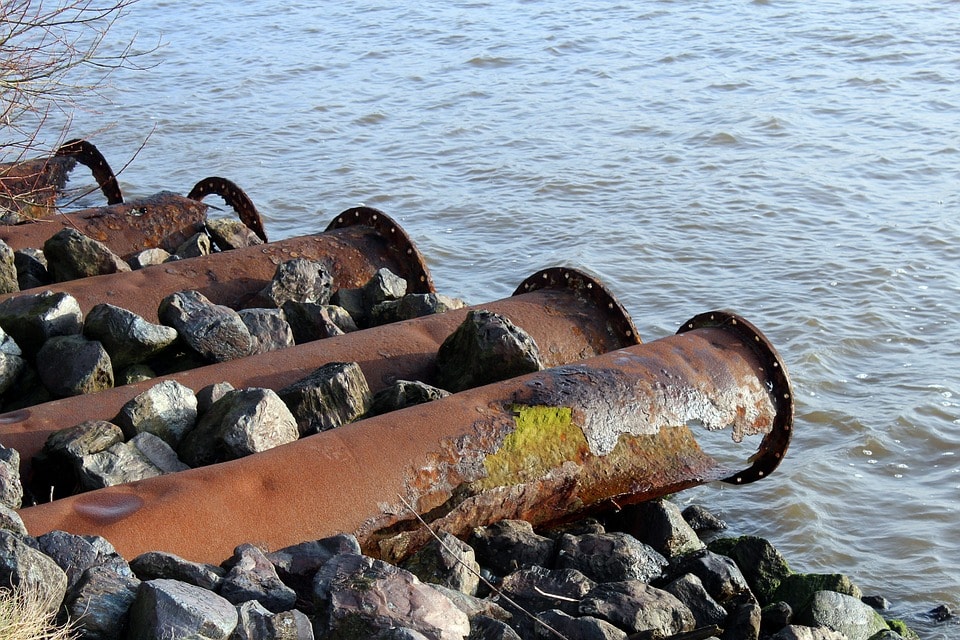Industrial wastewater treatment. The new ideology of using nature and natural resources is making it a number one priority to solve the environmental and economic problems, to stabilize and improve ecological conditions and protect all types of natural resources. These tasks could be solved by implementing a competent environmental policy and environmental management by changing the patterns of production and consumption, structurally modernizing wastewater treatment plants, and improving drinking water quality.
As you know, the human need in water is enormous and is increasing every year so much, that it has already become a global problem. The issue of water supply is faced by many countries in the world. Even the most developed regions may experience a lack of good drinking water that encourages them to look for ways and means to solve the problem. At present, the promising directions are: rational use of water, better recovery of freshwater resources; development of new technologies to prevent pollution of waterways; and effective methods of treatment of ground water and wastewater.
The existing wastewater treatment methods in many cases comply with the requirements, but at the same time they have a number of disadvantages, such as:
- High consumption of reagents;
- Long duration of the cleaning process;
- Large treatment equipment footprint;
- Energy-intensive process, etc.
Industrial wastewater treatment. Vortex layer device (AVS)
Most of these issues can be solved by cleaning wastewater with the vortex layer device (AVS). This equipment appeared in the 1960s-1970s and showed excellent results, intensifying different technological processes.
GlobeCore performed industrial tests of commercial AVS-100 and AVS-150 vortex layer device treating wastewater to remove chromium and other heavy metals, and contaminants, including phenol, arsenic and fluorine.
The effects of dispersion, electromagnetic fields and electrolysis that occur in the working chamber of the AVS, significantly reduce the duration of wastewater treatment (the reaction in the unit lasts seconds and fractions of seconds) and also reduce the amount of reagents used. The units are compact and can be integrated into a serial, parallel manufacturing production lines to achieve the desired performance.

